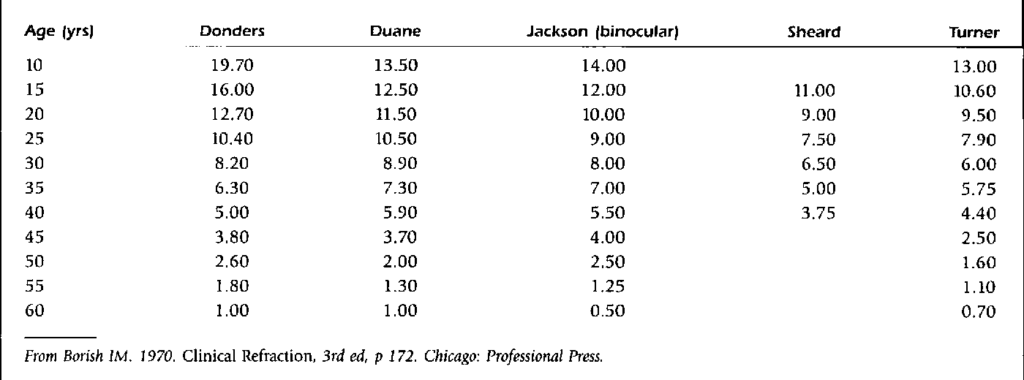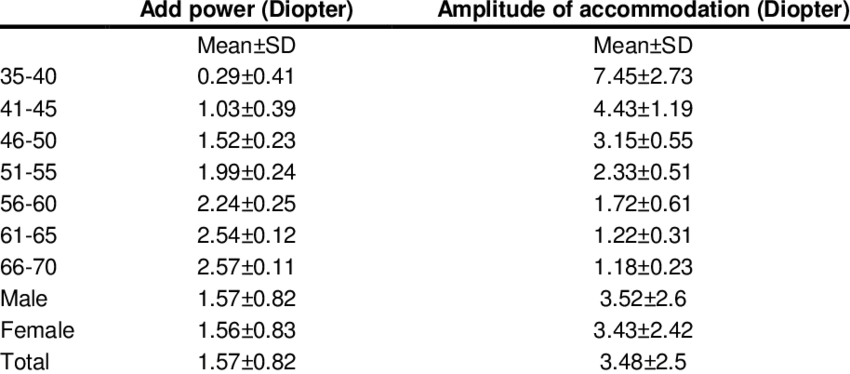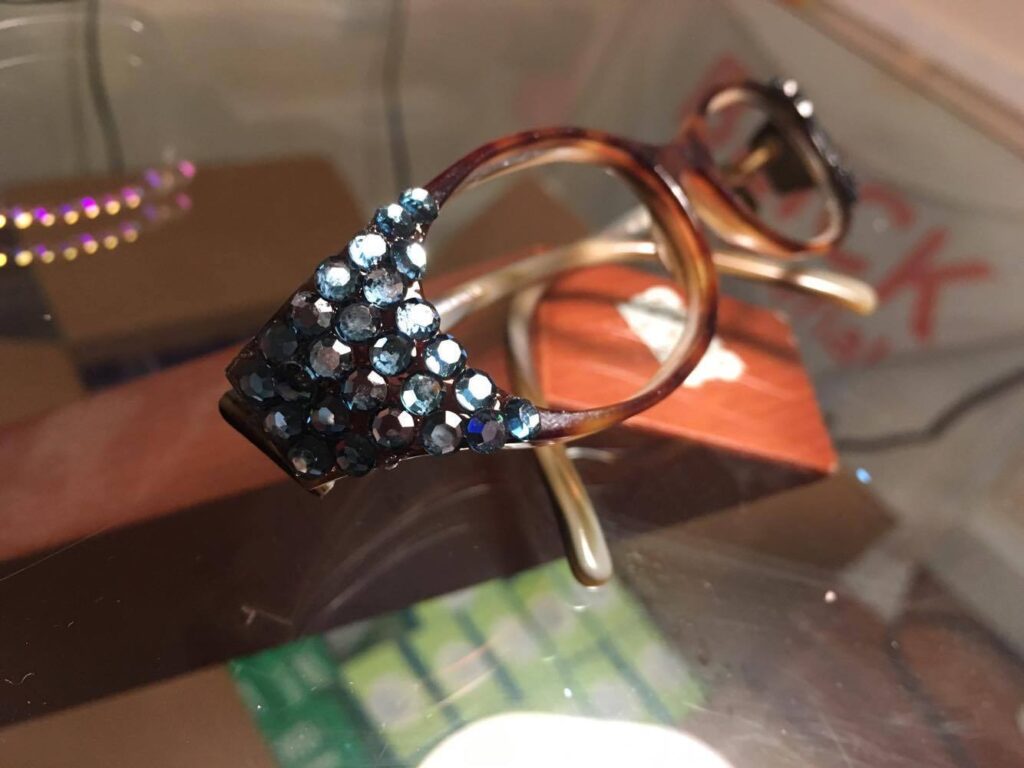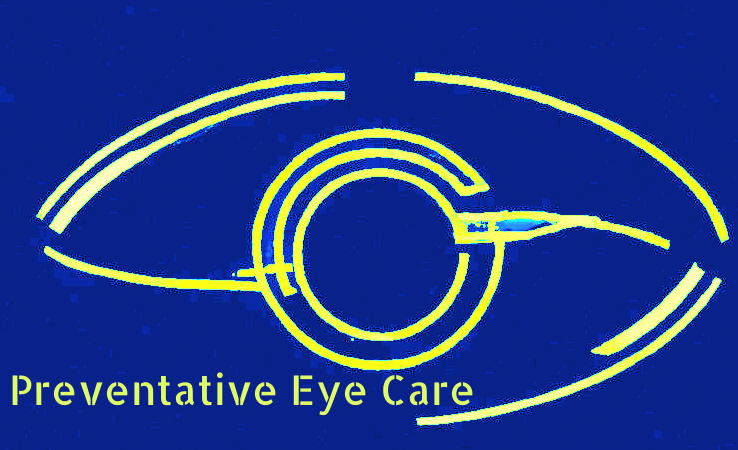What to expect when turning 40
Every day I have the same conversation with a patient who just turned 40.
Every. single. day.
The conversation goes something like this:
Patient: “I can’t see my phone! Everything is blurry up close and my arms are not long enough to hold my phone far enough away so that it’s in focus. What is wrong with my eyes? Am I going blind?”
Me: “Don’t worry. This is called Presbyopia and happens to everyone around the time they turn 40. You just need a reading prescription.”
Patient: “Presbyopia? If this happens to everyone, how come I’ve never heard of it?”
Why do people not know about something that literally happens to everyone?
A lot of the time patients won’t even believe me when I tell them that Presbyopia is normal and happens to everyone. They are usually freaked out and insist that something is wrong with their eyes and want me to find out what’s wrong.
And what’s wrong is that these people should have been educated about what to expect when they turn 40.
Did Sesame Street not do an episode about Presbyopia?
Is there no Netflix Explained Documentary about eyes?
Well, if there was, this is what it should teach:

Presbyopia is age-related blurry near vision
It happens to everyone, usually around 40.
Approximately 128 million adults in the United States are living with presbyopia.
In 1864, this scientist named Donders came up with the Donder’s Table: a table that measured how much accommodation you have at different ages. Accommodation is the ability to zoom in your focus on things close up. Kind of like how a camera zooms in on things by elongating it’s lens. There is a lens in your eye can do that too, but how much it can zoom in declines with age. According to Donders, accommodation diminishes from 19.70 Diopters at the age of 10 years to 1 Diopter at the age of 60 years. After Donder, a bunch of other scientists (Duane, Jackson, Sheard, Turner) also measured the amplitude of accommodation in people and made tables of their own. And the consensus was that accommodation decreases as you age because the lens in your eye gets harder and less flexible (along with just about everything else in your body). As the lens in your eye ages, it loses it’s ability to elongate to zoom in on objects. This makes nearby objects look blurry.

After Donder, scientists started measuring and making tables comparing Amplitude of Accommodation and Add Power. Add Power is the prescription you need to read (added to your distance prescription if you have one).
You know the reading glasses at the pharmacy that go from +1.00 D to +2.50 D? Well, if you are 41-45, you need +1.00 D reading glasses, and if you are 66-70, you need +2.50 D reading glasses. This is if you don’t have a distance prescription. If you do have a distance prescription, the Add power is what you need to wear over your distance prescription to read. So if you have your contacts in that correct your distance prescription and you are 41-45, you need +1.00 D reading glasses to read over your contacts.

So to summarize, Presbyopia is a normal part of aging. Everyone gets presbyopia as they get older, and it gets worse over time. Many people have another refractive error in addition to presbyopia which is corrected by another prescription for distance. The lucky people who are nearsighted might be able to read by taking off their distance glasses.
If you don’t treat Presbyopia, you will have trouble seeing things up close, eye strain, headaches, and the need to hold your phone farther away to focus on it (or increase the font size). Treating presbyopia is a good preventative eye care technique for eye strain and headaches. And the two most common complaints I get from 40 year old patients are eye strain and headaches!
So here are some treatments for presbyopia:

Reading Glasses
You can get glasses just for reading or bifocal glasses for distance and reading, or progressive glasses which has prescriptions for distance, reading and everything in between (like computer distance). Progressives require a little neuro-adaptation when you first start wearing them. I usually recommend that patients try them out when they are 40 to help them neuro-adapt to them earlier. I find the younger patients are, the easier it is for them to neuro-adapt to progressives. But a lot of patients are resistant to treating their presbyopia (usually the ones who never heard about it before they got it) and wait as long as they can before they are willing to try progressives. The longer they wait, the harder it is for them to neuro-adapt to progressives. Some people are never able to neuro-adapt to progressives. I think it gets harder as you get older. That’s why I like to prescribe progressives to people when they are younger. Progressives also help slow down the progression of nearsightedness in children, so I even prescribe them to children. I’ve never had a child not be able to neuro-adapt to progressives. I also prescribe them to teenagers and college students to help them study. And adults under 40 who get eyestrain from working on a computer all day. I recommend trying progressives when you are younger rather than waiting until you are older.

Vuity
Vuity is the first and only FDA-approved eye drop to treat Presbyopia. You take one drop daily in each eye and it helps you focus up close. You need a prescription from your eye doctor to get it from a pharmacy.

Contact Lenses
Since the coronavirus pandemic started forcing everyone to wear masks, I find more and more people are wearing contacts instead of glasses because their glasses fog up when they wear a mask. There are a lot of contact lens options to treat Presbyopia. There are soft contacts and hard contacts that you can wear during the day that allow you to see distance, reading, and everything in between. Again, I recommend neuro-adapting to these earlier, when you are younger, rather than waiting until you are older, when it gets harder for your brain to neuro-adapt to multifocal contacts. Multifocal contact lenses also slow down the progression of nearsightedness in children so is even a great option for children just starting to wear contacts. I am a huge fan of preventing nearsightedness before it happens. My passion is fitting ortho-k contacts, which correct your vision while you sleep so you don’t have to wear anything during the day to see. They are like braces for your eyes. I usually fit them on children to prevent their prescriptions from going up, but after the parents of some of the children I fit asked me to fit them as well, I have actually started fitting 40+ year old adults in ortho-k lenses. I have the Eaglet Eye Surface Profiler in my Newton office, which allows to me to take a topographical map of the eye with half a million data points that get plugged into an algorithm for designing an overnight wear ortho-k lens that allows adults to see distance and read without having to wear anything during the daytime. Since I wear ortho-k contact lenses, successfully designing a multifocal ortho-k lens before I turned 40 was kind of a priority for me, and I managed to do it! Now I’m actually excited to turn 40 so I can try it out myself.





I liked it the most when you shared that presbyopia gets worse through age. My friend wants to improve his age-related blurry near vision. I think it’s best for him to opt for vuity drops to protect his vision.
Reply